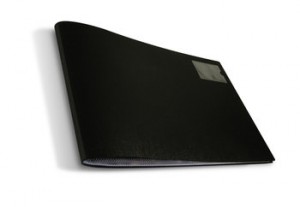Graphic design may be one of the most in demand jobs out there right now, especially within the art field. But, as any designer can tell you, competition for work is tough, and designers looking for full-time employment rather than freelance work have bad odd working against them. Employers are looking for designers for diverse projects that can vary wildly depending on who hires you, but they expect you to have just as versatile skills to cover anything they will ask of you.
With such a tough marketplace, it is obviously very important for designers to have a great CV or resume that will make employers want to hire you. That doesn’t mean they want it to be over-styled and decorated. Employers obviously want professional looking resumes that gives them the impression you are equally professional and business-minded. What makes the real difference to prospective designer employers is the skills you have. The jobs may vary wildly, but almost all design jobs require the same 10 skills or proficiencies.
Amy Edwards took the time to go through over 100 design jobs advertised on Bubble to see exactly what employers are looking for, and the results were even more homogeneous than you would expect. Needless to say, those Photoshop and Illustrator skills should be maintained, and you should be get getting experience in all the other programs and design techniques coming out are also hugely important in climbing the career ladder.




